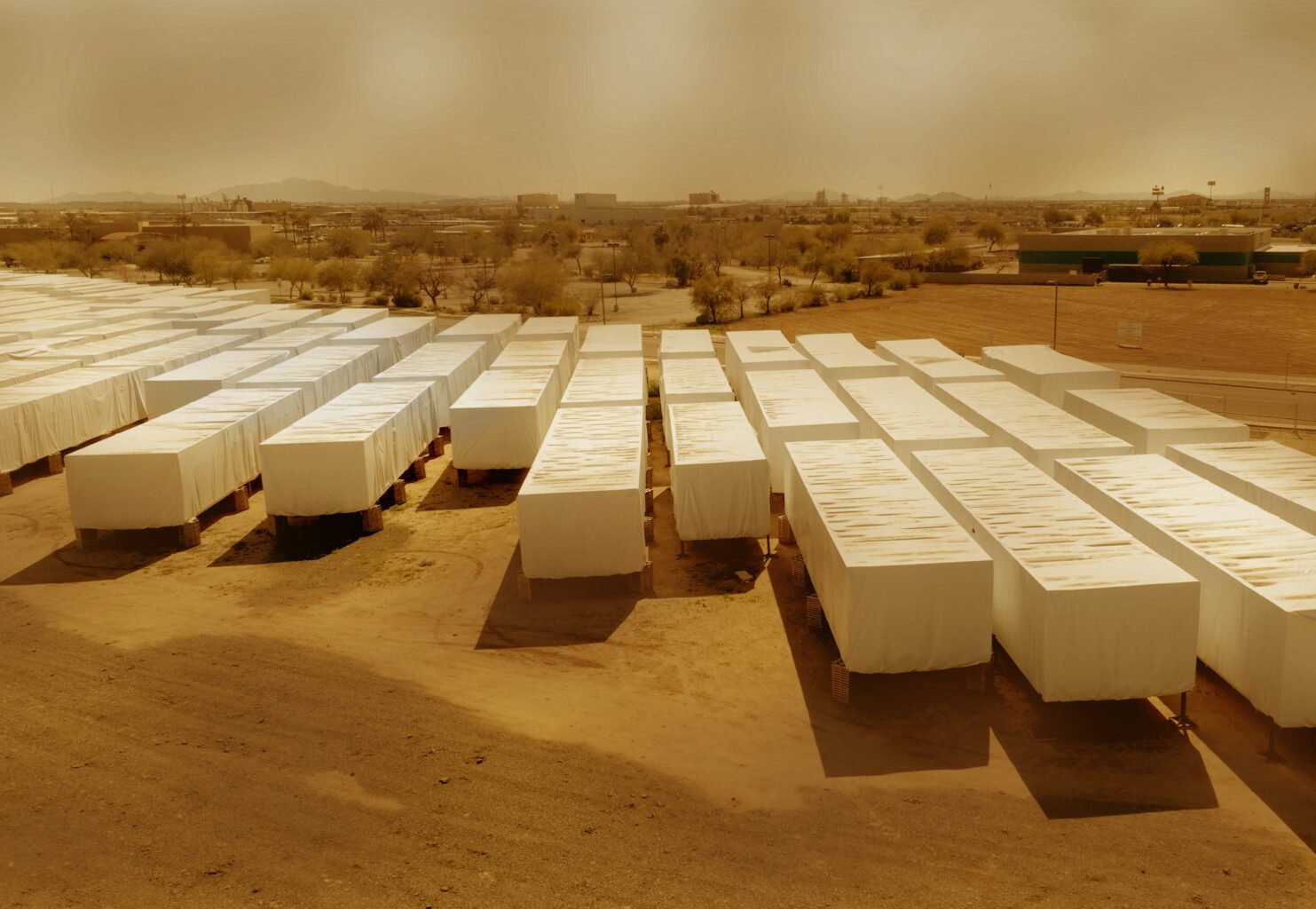
While everyone recognizes the health hazards of wildfire smoke, its effects on machinery and equipment are often underestimated. Depending on whether you’re manufacturing equipment or simply utilizing it for your operations, your concerns and solutions might differ. Let’s break down how each group should approach this challenge:
Types of Equipment at Risk
Wildfire smoke, a mix of particulate matter and corrosive gases, poses a significant threat to equipment. The fine particles can infiltrate mechanical systems, causing blockages and reduced efficiency. Concurrently, corrosive elements accelerate the oxidation of metal surfaces and degrade rubber and plastic components, compromising equipment’s durability and function. Here are some types of equipment especially vulnerable:
- Construction Equipment: Cranes, bulldozers, and excavators can suffer from mechanical issues and surface damage due to the harsh particles in wildfire smoke.
- Agricultural Machinery: Farm equipment like tractors, harvesters, and plows can experience accelerated wear and tear due to wildfire smoke exposure.
- HVAC Units: Industrial-sized air conditioning and ventilation systems contain numerous filters and sensitive components that can get clogged or damaged.
- Generators: Not only can the casing corrode but the internal mechanisms could suffer, impacting performance and lifespan.
- Material Handling Equipment: Forklifts, conveyors, and pallet jacks used in outdoor storage or open warehouses can also be negatively impacted.
Protective Measures for Equipment Manufacturers
- Indoor Storage: Whenever possible, move critical machinery to indoor facilities that have additional air purification measures.
- Air Filtration Systems: Install advanced filters to protect the internal components. Even if a machine is not currently operational, particles can find their way into small crevices and spaces. An advanced air filtration system can effectively capture these particles, preventing them from settling.
- Protective Covers: Invest in robust, weatherproof covers designed to protect against a range of environmental dangers, including wildfire smoke.
- Advanced Coating Technologies: If the equipment is to be left uncovered, consider applying a specialized coating to the outer surface that’s resistant to the chemicals found in wildfire smoke.
- Quality Assurance: Incorporate wildfire smoke exposure in your testing scenarios to ensure durability.
- R&D: Invest in research to innovate new materials and designs that are more resilient against smoke damage.
Protective Measures for Equipment Users
- Routine Maintenance: Regularly inspect, clean, and service your equipment, especially after wildfire incidents.
- Indoor Storage: If possible, move critical machinery indoors.
- Protective Covers: Use covers designed to protect against environmental dangers, including wildfire smoke.
Operational Considerations
- Emergency Response Plans: Develop a strategy to safeguard your equipment during wildfire seasons.
- Insurance: Review and update your policies to ensure smoke damage coverage.
- Remote Monitoring: Implement IoT sensors to track outdoor equipment conditions and get alerts for high-risk exposures.
Conclusion
Whether you manufacture equipment or rely on it for your operations, proactive measures against the impacts of wildfire smoke are essential. For equipment manufacturers, taking steps to mitigate the impact of wildfire smoke is not just a matter of maintaining product quality, it’s also about protecting the bottom line. For users, it’s about ensuring the longevity and efficiency of your investment, reducing maintenance costs, and extending the equipment lifecycle. Being informed and taking preventive actions is beneficial for both parties, ensuring sustainable operations amidst rising environmental challenges.